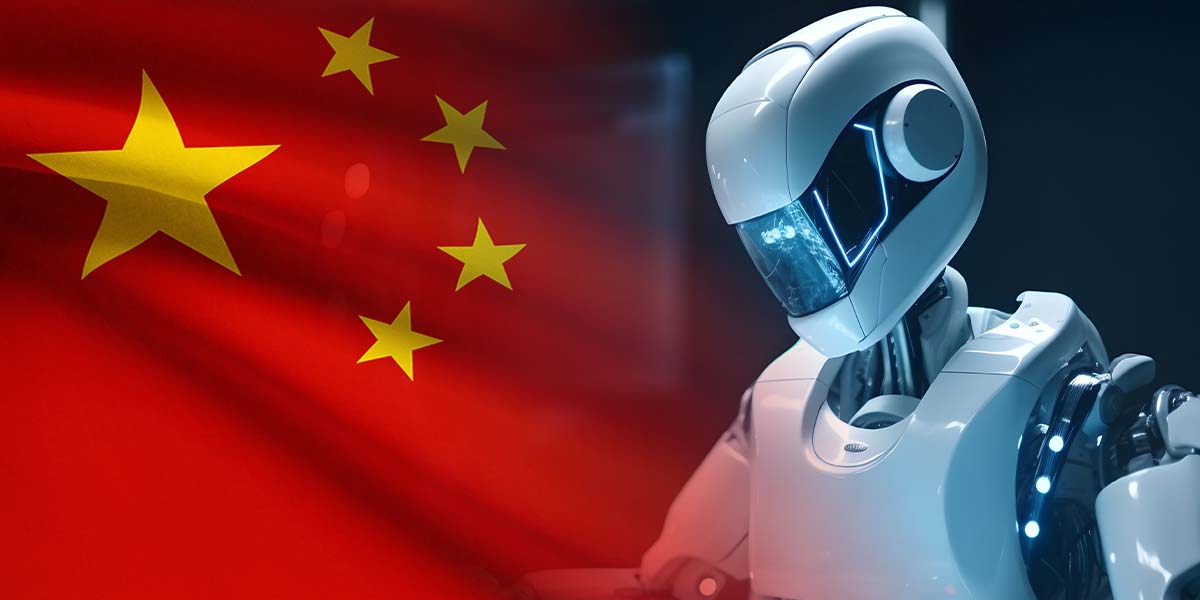China is ramping up its ambitions in artificial intelligence and robotics, hosting the World Humanoid Robot Games in Beijing this weekend. Bringing together 280 teams from 16 countries, the three-day event underlines China’s drive to position itself as a global technology leader, particularly in response to intense competition with the United States.
Participants at the Games include academic institutions and private firms, with 192 teams from universities and 88 representing enterprises—including Chinese firms like Unitree and Fourier Intelligence.
Nations such as the U.S., Germany, and Brazil are fielding squads, while most robots in use hail from local Chinese manufacturers such as Booster Robotics.
The event features humanoid robots competing in athletic disciplines, including track and field and table tennis, as well as practical tasks like sorting medications, handling objects, and performing cleaning services—offering a glimpse into the diverse potential applications of these machines.
Spectators witnessed the challenges and charm of developing humanoid robotics firsthand. Football matches saw robots repeatedly entangled and toppled, while sprints often ended with dramatic mechanical stumbles—each eliciting a mix of cheers and laughter from onlookers. In one football game, four robots tumbled into a pile; during a 1,500-meter run, a robot abruptly collapsed mid-race, capturing the crowd’s attention.
Despite these setbacks, many robots demonstrated an emerging ability to recover independently after falling, a capability met with appreciative applause. Organizers point to these unpolished moments as critical steps in the development process, providing real-world data essential for refining machines aimed at real-life industrial tasks.
Commentators at the event noted that the cooperative skills honed during football matches, for example, have direct relevance to manufacturing environments where robots may need to work collaboratively on assembly lines.
China’s commitment to robotics innovation is backed by massive investment, as authorities turn to automation to address an aging population and safeguard technological competitiveness. Recent months have seen a flurry of high-profile robotics showcases in Beijing, from the world’s first humanoid robot marathon to dedicated robot retail launches.
A report from Morgan Stanley spotlighted soaring public interest, with attendance at recent robotics conferences swelling beyond previous years. Analysts interpret this as evidence of a broad societal embrace of embodied intelligence, extending well beyond government mandates.





